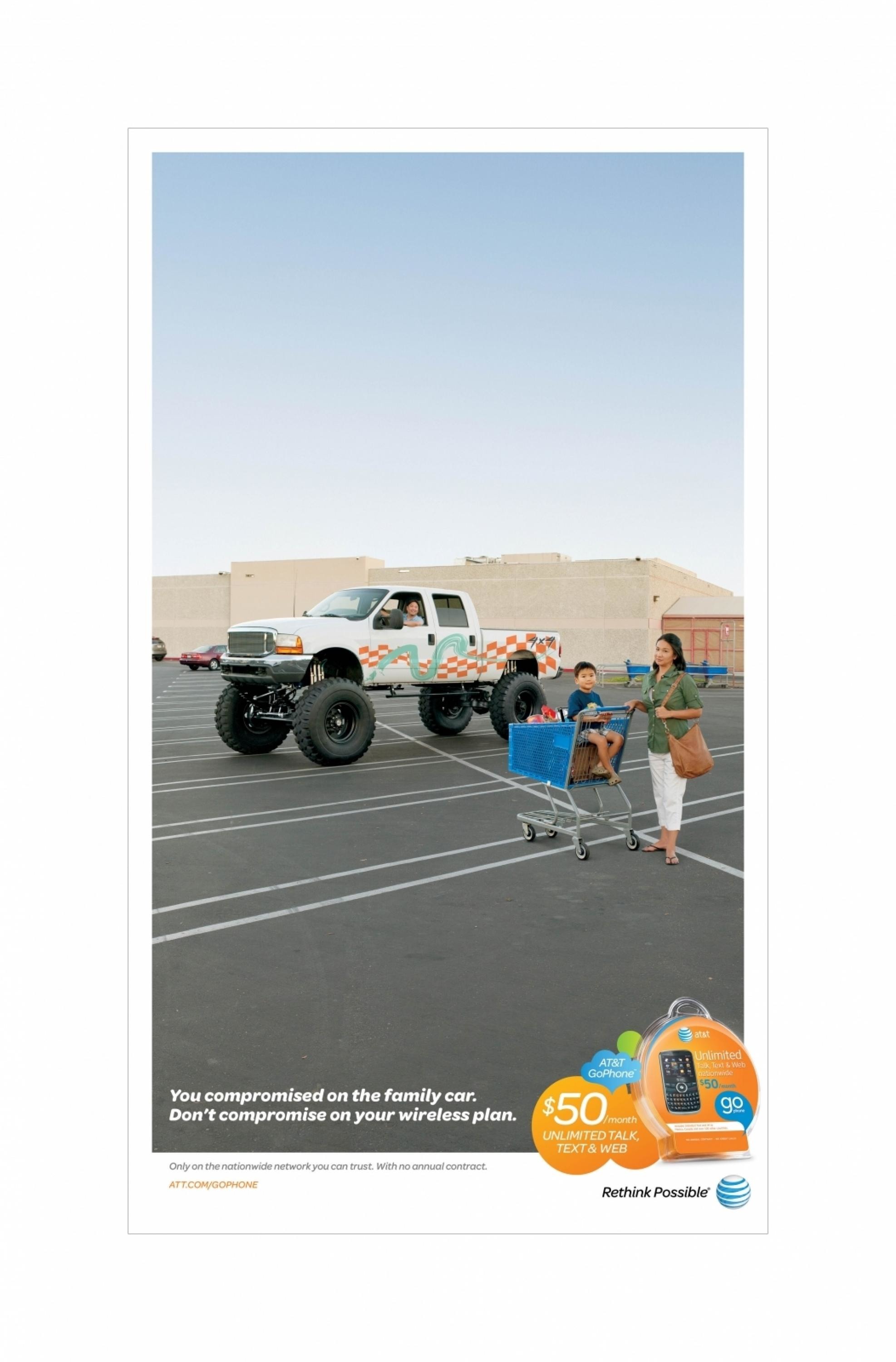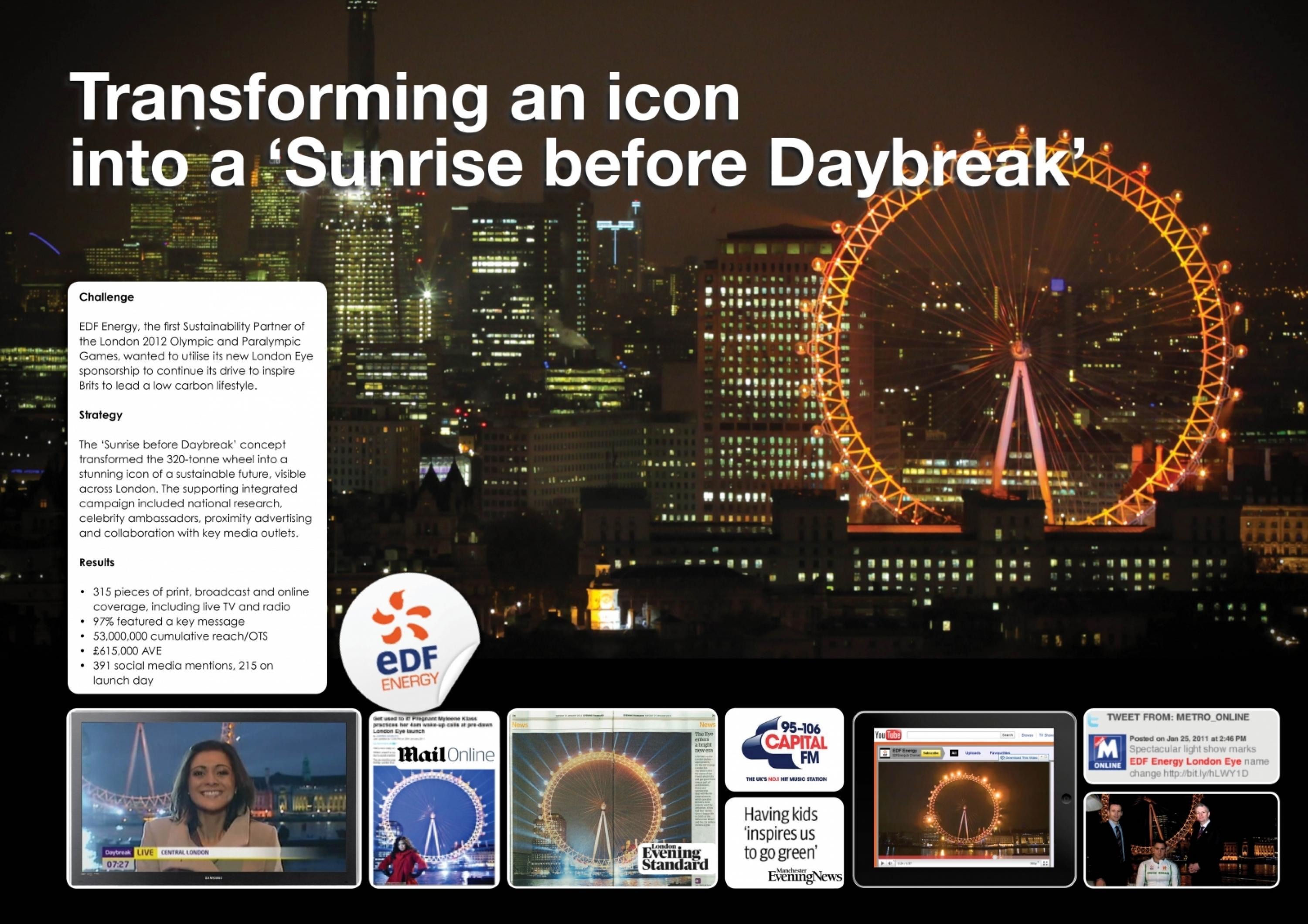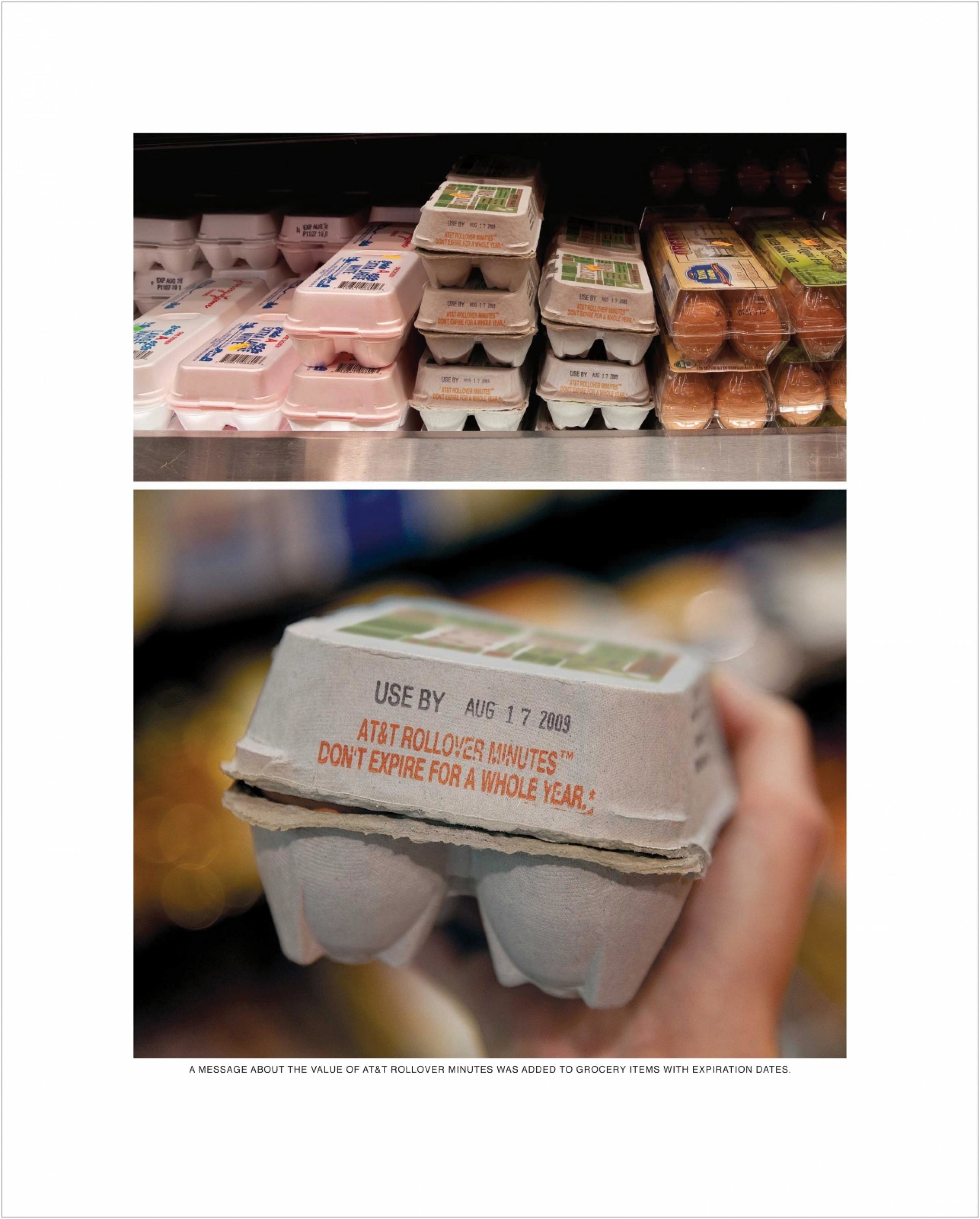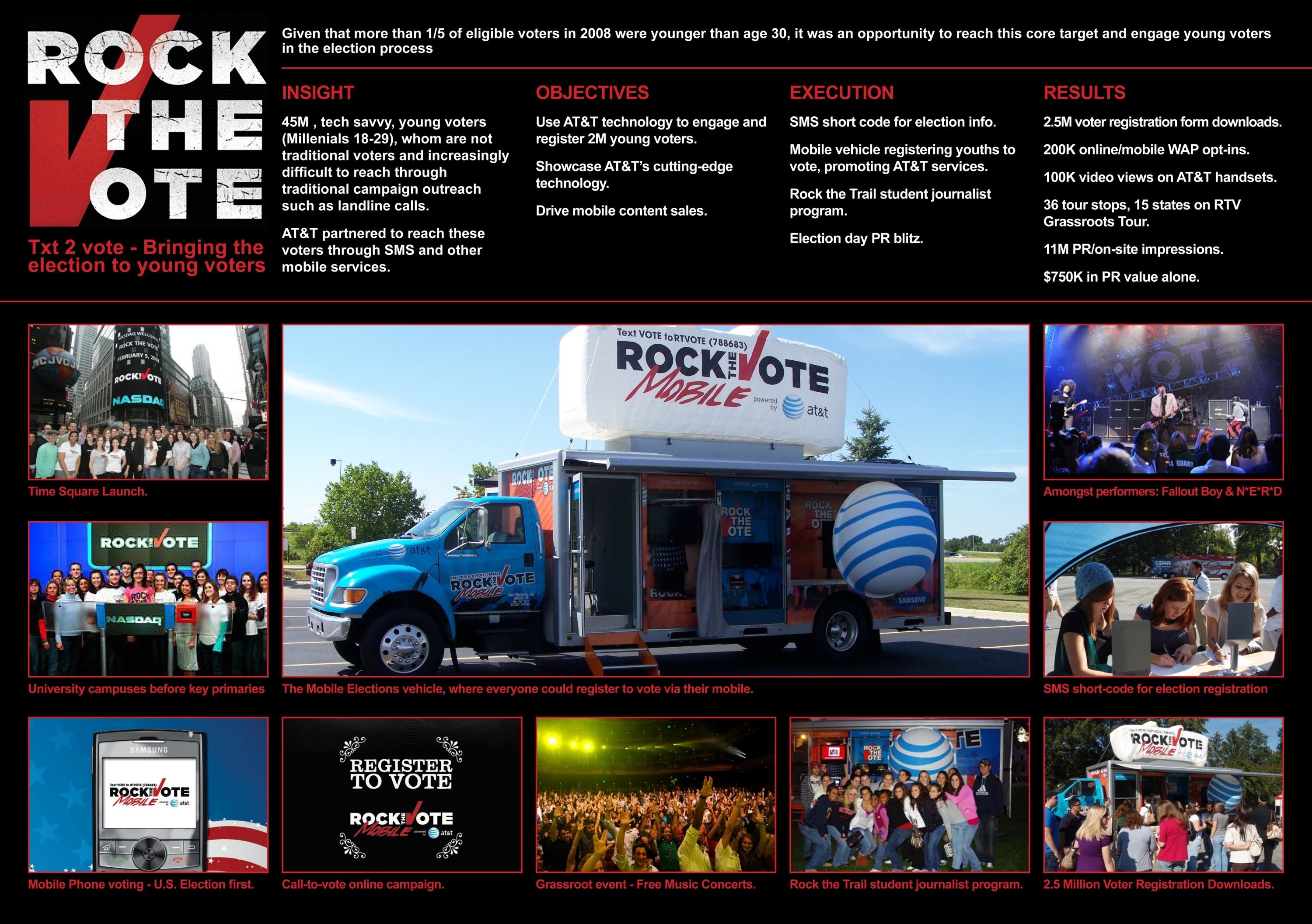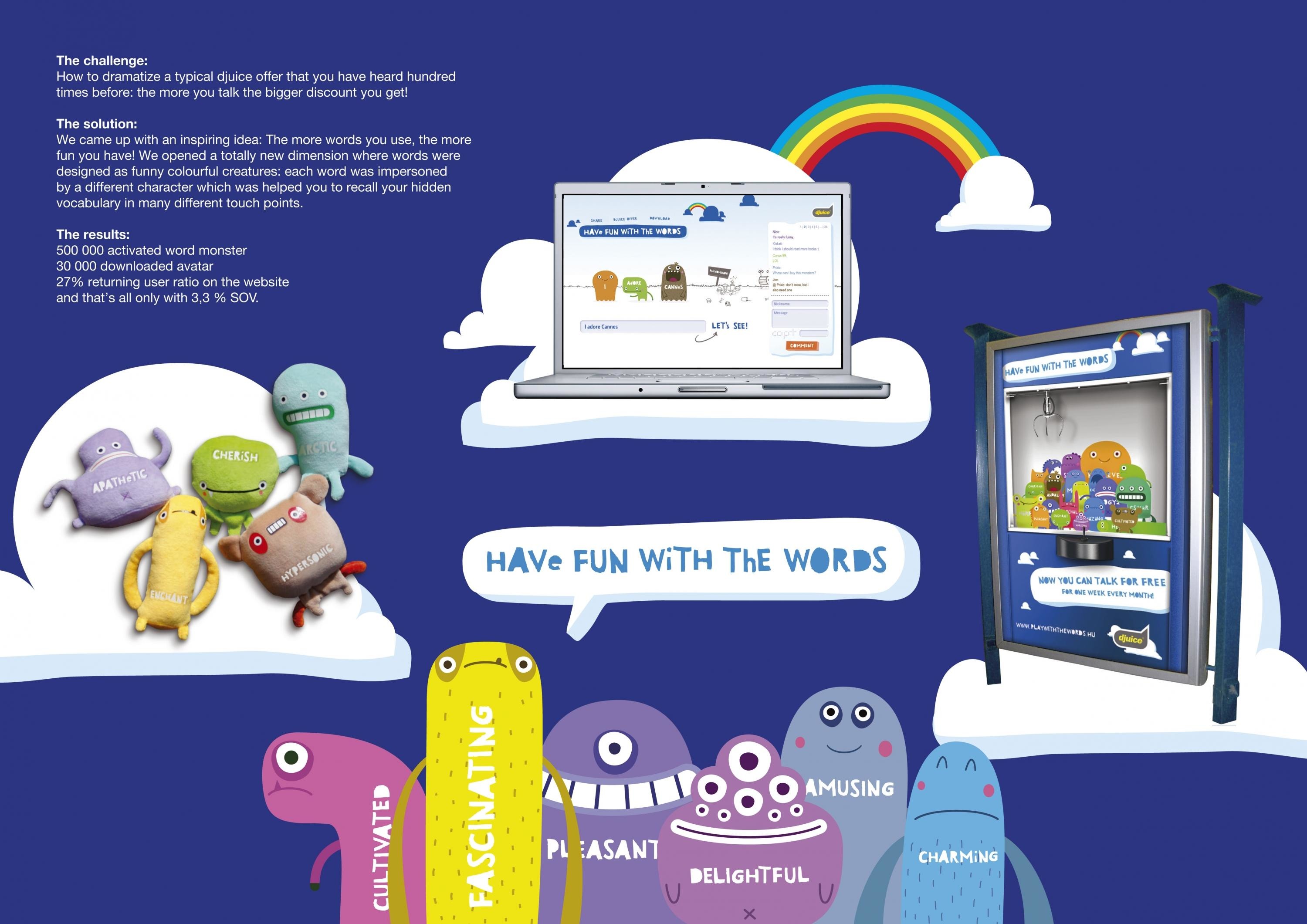Cannes Lions
Codes of Culture
TRANSLATION, New York / AT&T / 2020


Overview
Entries
Credits
Overview
Background
AT&T was losing relevance amongst Millennials because there was a perception of it being old, corporate, and non-diverse. Inclusivity was a major issue because Millennials are a highly diverse group, with nearly 40% being African-American and Hispanic. This cohort is one with the largest purchasing power in the US, and if AT&T didn’t make inroads, they wouldn’t be a category market leader in the future.
This challenge was most acute in four key markets: NYC, LA, Atlanta, and Chicago. If AT&T could gain trust and win with Multicultural Millennials (MCMs), they’d close the gap between their largest competitor, Verizon. Complicating this challenge was that T-Mobile, the 3rd largest carrier, had distanced themselves from AT&T via Millennial subscribers with nearly a 20% margin through consistent youth messaging.
Based on this, success metrics of the campaign were an increase of brand awareness, relevance, and switching intent with MCMs.
Idea
In 1947, AT&T invented the area code. In 2019, they made them official holidays.
Area codes, the three digits that precede our phone numbers, were originally designed by AT&T to indicate what town or neighborhood you live in. Today, area codes have grown into symbols of hometown pride and local culture. They’re synonymous with the rituals, artifacts, language, people, and culture of a city.
AT&T gave area codes their own public holidays to celebrate the food, music, style, and arts of each “code” to kick off the campaign in each city. To do this, we turned the three digits into calendar dates during which we hosted immersive events and developed a unique theme with design language that embodied the code.
In NYC we celebrated “(212)-Day” on 2/12.
In Chicago we invited the city to “(312)-Day” on 3/12.
In Atlanta we hosted “(404)-Day” on 4/04.
Strategy
While the rest of the wireless category promotes speed and coverage, we had to build trust with Multicultural Millennials in a different way. We took AT&T’s consumer-facing message of “More For Your Thing” and turned it into a real promise. Our experiences were not designed for the masses but instead to give back to specific communities and celebrate what people from the (212), (312), and (404) are truly proud of.
Traditionally qualitative, quantitative & desktop research can cast a misguided depiction of an audience’s interest. Further compounding the issue is the translation of these interests by multiple hands either due to bias, stigma, or prior data research. This lends itself to creating out-of-touch insights for marketers. So we traveled to each city and conducted in-depth ethnographies that allowed communities to highlight the rituals, artifacts, language, and people they’re most passionate about, which we then built into our live events.
Execution
AT&T’s approach to casting talent for this campaign was based on the audience’s belief that fame does not equal influence. Multicultural Millennials in these markets were numb to the same celebrities being featured across all media, so we had to take a different route. Instead, we pinpointed micro-influencers who were vocally proud of their hometown and were focused on making an impact on their community. We started by featuring them in the most nuanced local OOH placements, and eventually elevated them to media spaces that are usually only reserved for A-list celebrities, like Times Square’s godzilla billboard.
To invite participation, we launched a mobile meme generator that allowed our audience to create their own area code content. The best submissions were used to refresh AT&T’s entire media mix with each placement crediting the social handle of the user to make sure they were being celebrated publicly and proudly.
Outcome
By celebrating the local rituals, artifacts, language and people of each city to kick off its campaign, AT&T saw immediate dividends from its “Code Days.” In each city's first 90 days AT&T was making inroads with its key demographic of MCMs. Campaign awareness and favorability scored 83.9% and 69.8% better than set industry benchmarks.
From an experiential standpoint only, we saw incredible response to the “Code Days.” The demand to attend versus venue capacity resulted in RSVPs + attendance that was 428% over capacity, which totaled 22,447 people. From those who attended 97.6% of people in attendance had a positive sentiment; with Chicago’s event hashtag becoming a top 3 trending tag on Twitter.
The events served a catalyst for our audience to take the mic and continue the conversation around celebrating their code.
Similar Campaigns
12 items

